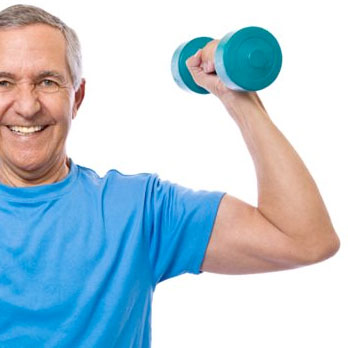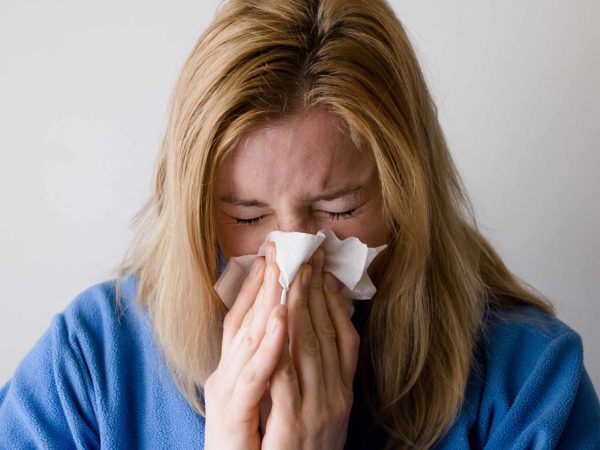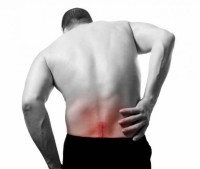 Despite what traditional medicine has preached for years, emerging science has removed all doubt that regular, unfiltered sunlight exposure, which helps promote and maintain optimal blood levels of vitamin D, plays a critical role in health promotion and disease prevention.
Despite what traditional medicine has preached for years, emerging science has removed all doubt that regular, unfiltered sunlight exposure, which helps promote and maintain optimal blood levels of vitamin D, plays a critical role in health promotion and disease prevention.
And a recent study published in the Journal of Gerontology: Medical Science further confirms this, having found that inadequate blood levels of vitamin D can lead to decreased mobility and even disablement, particularly among the elderly.
Based on data collected from the comprehensive Health, Aging, and Body Composition Study, also known as Health ABC, the new study establishes a clear connection between vitamin D levels and overall mobility and bodily function. Compiled by researchers from the Wake Forest School of Medicine in North Carolina, the paper highlights how vitamin D levels directly affect an individual’s ability to perform everyday tasks like walking, climbing stairs, cycling, and engaging in various other forms of moderate exercise.
 Most vitamin D supplements on the market today do not contain adequate amounts of vitamin D3 and are not combined with other key nutrients to increase effectiveness. We formulated our Dense Bone formula with 2,000 IU of vitamin D3 in each capsule and Vitamin K2 and Strontium. This combination works synergistically to enhance the many benefits of vitamin D3 for the vast number of Americans who are vitamin D deficient.
Most vitamin D supplements on the market today do not contain adequate amounts of vitamin D3 and are not combined with other key nutrients to increase effectiveness. We formulated our Dense Bone formula with 2,000 IU of vitamin D3 in each capsule and Vitamin K2 and Strontium. This combination works synergistically to enhance the many benefits of vitamin D3 for the vast number of Americans who are vitamin D deficient.
William from Nevada writes:
“I have been using this product for two years. I am a strong advocate of the need for vitamin D supplements added to one’s diet. This product does so with great success and definitely helps me maintain good health and a sense of well-being.”
More than 2,000 individuals of both Caucasian and African-American backgrounds, and with an average age of around 75-years-old, participated in the study. Researchers measured the participants’ blood serum levels of 25-hydroxyvitamin D (calcidiol), a pre-hormone associated with vitamin D levels in the body, at the beginning of the study and at six-month intervals for six years, and compared these levels to overall mobility rates among the participants.
At the onset of the study, nearly 30 percent of the participants had blood levels of 25(OH)D less than 20 nanograms per milliliter (ng/mL), while more than 36 percent had levels between 20 and 30 ng/mL. Only 35 percent of the group had 25(OH)D levels of 30 ng/mL, which is largely considered to be the cutoff point for determining vitamin D deficiency.
Upon evaluation, those with 25(OH)D levels below 30 ng/mL were found to be 30 percent more likely to develop mobility problems than those with higher levels, while those with 25(OH)D levels below 20 ng/mL, which is considered to be grossly deficient, were about 100 percent more likely to develop disability compared to those with higher levels.
“About one-third of older adults have low vitamin D levels,” said Denise Houston, Ph.D., R.D., a nutrition epidemiologist at the Wake Forest Baptist Department of Geriatrics and Gerontology, concerning the study. “It’s difficult to get enough vitamin D through diet alone, and older adults, who may not spend much time outdoors may need to take a vitamin D supplement.”
Vitamin D deficiency even more prevalent than study shows
Though the findings of the study indicate that only about a third of elderly adults have vitamin D levels above what is considered to be deficient, the Vitamin D Council says the true cutoff point for vitamin D deficiency is really about 40 ng/mL rather than 30 ng/mL – 50 ng/mL, in fact, is a more realistic cutoff point for vitamin D deficiency.
With this in mind, far more than 60 percent of the elderly are vitamin D deficient, and likely suffering from needless health and mobility issues as a result. According to the Vitamin D Council, upwards of 90 percent of humanity is vitamin D deficient.
Sources for this article include:



Really important topic about joint and bone health. Athletes and active peopleshould really consider taking vitamin D supplements or otherwise adding it to their food.